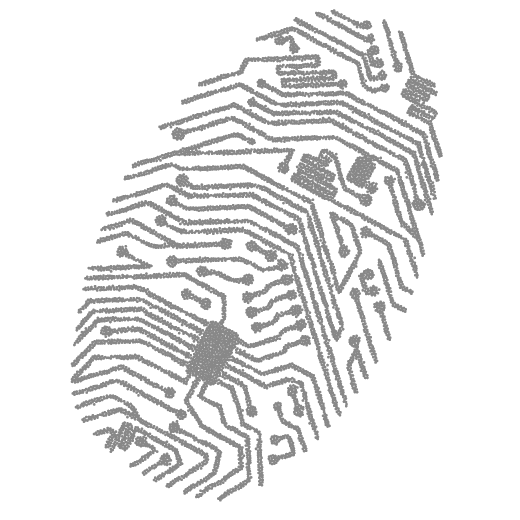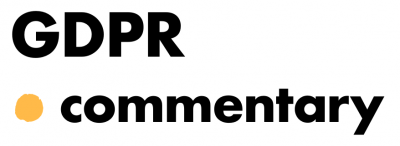Sometimes a video game’s title is one of the game development company’s most important assets. Properly selected, secured and promoted, it may constitute a valuable source of income for a long time. Therefore, at an early stage of work on the game, it is worth making an appropriate application to the register, bearing in mind that in the case of trademarks, the principle of “first come, first served” applies. A well-thought-out strategy for selecting and registering a video game title can also save a lot of nerves and money after the game is launched on the market.
Trademark clearance: How to check if a game title is registrable and can be used safely
Trademark clearance should precede not only an application for registration of a game title as a trademark, but indeed the very choice of the intended title (even if the developer ultimately decides not to register it). Trademark clearance is research to determine whether the same or a similar title has already been registered as a trademark or is being used by an entity from the same or a similar sector for identical or similar goods or services. This research is usually carried out using professional trademark databases.










